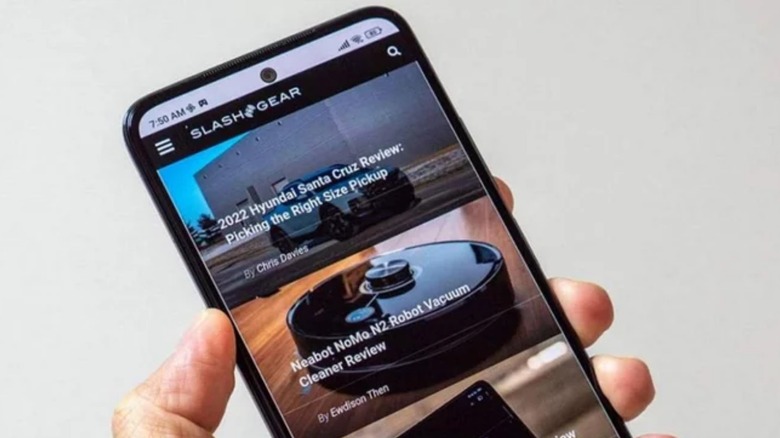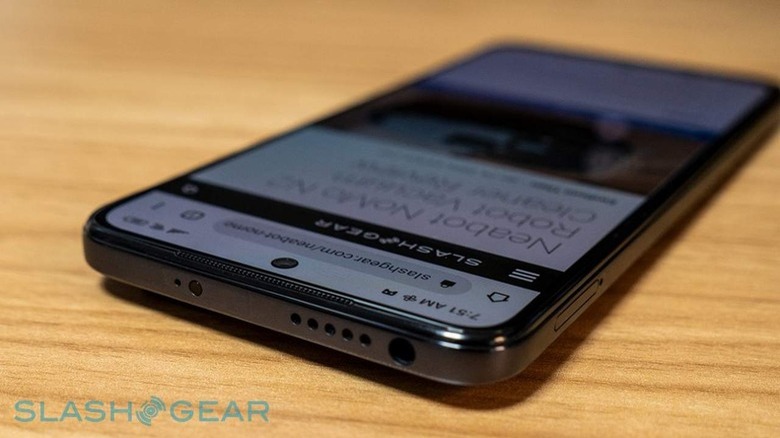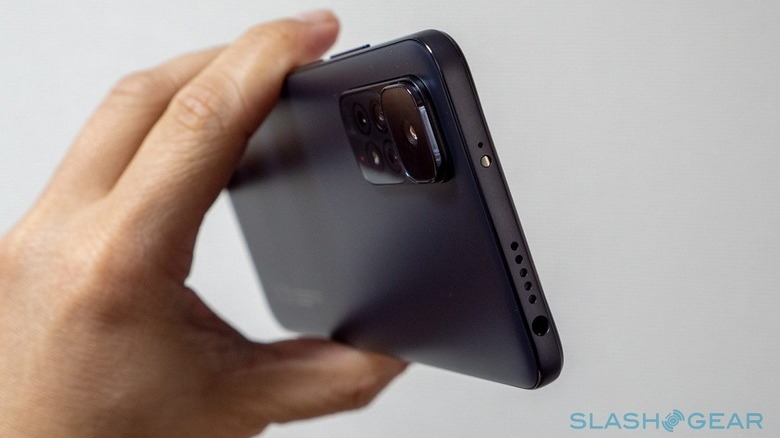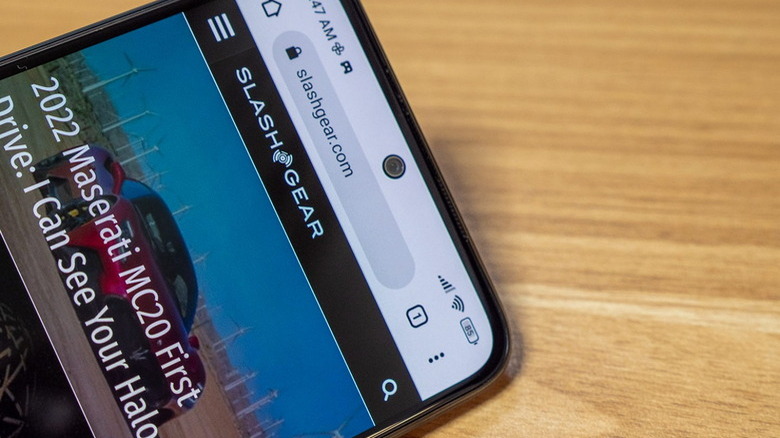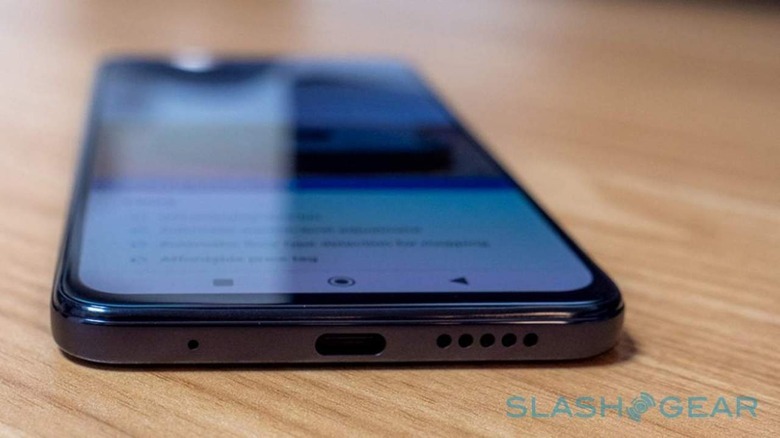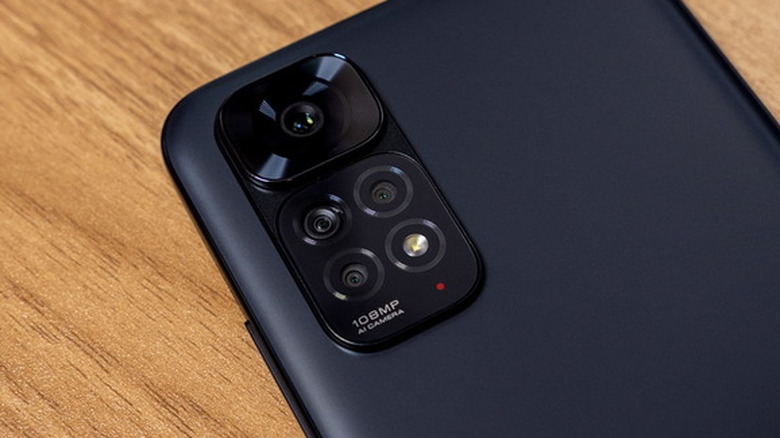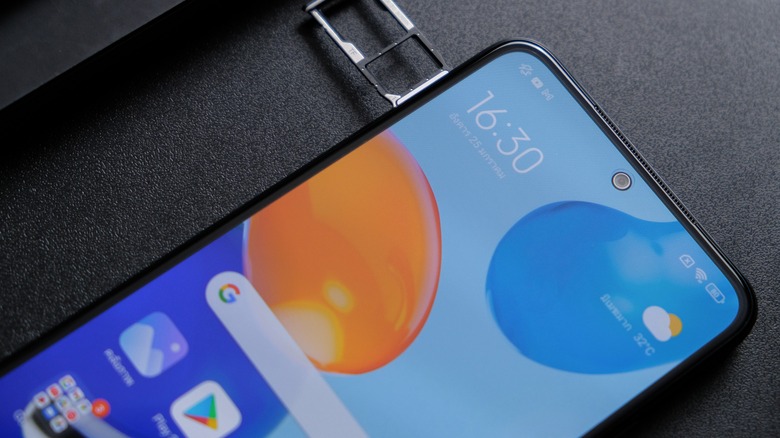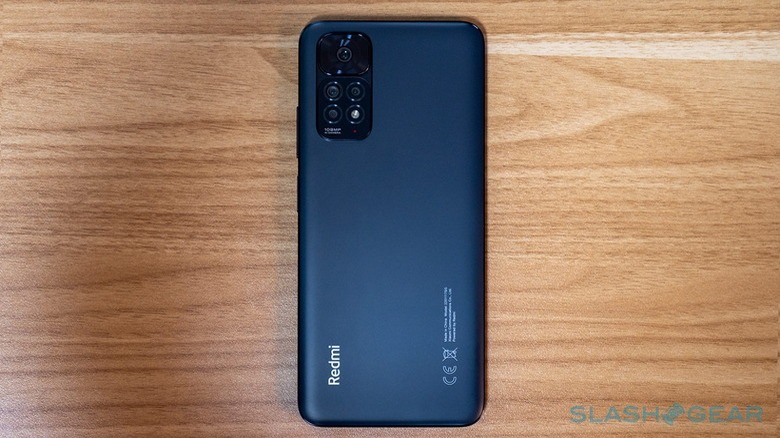Xiaomi Redmi Note 11S Review
One reason why Xiaomi has been so successful in the smartphone market is because of its ability to target all market tiers with unbelievably low prices. And while "cheap" comes with some connotations, Xiaomi has so far been able to dispel those biases. The company has, of course, expanded its top-of-the-line models to reach higher price points, but, in turn, it created the Redmi brand to continue catering to those with more limited budgets.
Xiaomi's Redmi subsidiary announced its flagship Note 11 series in January 2022 and the first units hit store shelves in some markets on January 26. We've taken the series' Redmi Note 11S model for a spin to see if the company can still pull off its magic.
Design
These days, it has become harder to distinguish phone brands at first glance because they seem to change designs every year. While this allows manufacturers to keep up with trends and fads, it doesn't help these companies establish a strong visual brand, unlike Apple's iPhones. Redmi is no different, and it changed its formula again less than a year after its last iteration.
Redmi talks about the "trendy flat-edge body" that its Note 11 series adopts and some consumers will immediately draw parallels to the iPhone 13's design. That's both warranted and unfair because while it does adopt the flat-edge design, the Redmi Note 11S keeps some curves on the back unlike that of the totally flat iPhone 13.
Both the back and edges are made of polycarbonate material (plastic), which is coated to look like glass and aluminum, respectively. Your hands will be able to tell the difference, though, especially considering how light the whole phone feels. Plastic does have the advantage of not breaking when you drop it, so the material might be a win for those whose phones experience accidents more often than not.
The phone's flat edges are pretty normal, with your typical speaker grilles and buttons. There are, however, a few notable features that put the Redmi Note 11S above the rest.
A fingerprint sensor hides under the power button and is both accurate and fast, perhaps more so than the now-popular under-screen sensor. There's also a headphone jack on the top edge, a nearly extinct piece of hardware even on mid-range phones from Samsung and Google.
Specs and Performance
The Redmi Note 11S is, without a sliver of a doubt, a mid-range phone, especially if you go by the spec sheet alone. That's not to say the device is a total letdown and it does have a few traits worth highlighting. Things look even better when you consider the phone's cost.
The biggest Redmi Note 11S perk is its large 6.43-inch FHD+ 90Hz AMOLED screen. While neither novel nor best in class, it is one of the extremely rare instances where a 90Hz AMOLED display is slapped on a budget phone. The display's maximum brightness is quite good outdoors, and its colors are vivid and crisp. Touch response is also fast and fluid, even if that is an advertised point.
Audio is a bit hit or miss, depending on the type of music you listen to. Having a stereo speaker setup is also uncommon for phones in this price range, but that doesn't mean it's a great feature. Output is surprisingly loud but lacks some bass, making it sound tinny at high levels.
The large 5,000 mAh battery is also quite excellent, surpassing even some of Xiaomi's more expensive models. The 33W fast-charging capability might not be the fastest, but it gets the job done without increasing the risk of burning the house down. With 20% left, we managed to charge the battery to 100% in 41 minutes, and it only took 58 minutes to go from zero to a full charge, close to what Xiaomi advertises.
Where the Redmi Note 11S fails to shine, unfortunately, is in raw performance. The MediaTek Helio G96 isn't the fastest, especially since it targets a mid-range market. The hardware is decent enough for most tasks but might choke on games unless they're set to low or medium graphics settings — ironic for a chipset advertised for mobile gaming. It also skips 5G support, which could be a deal-breaker for some people.
Cameras
Cameras have become a critical part of smartphones and most users aren't content with something that doesn't take decent photos or record usable videos. The distinction between high-end and mid-range cameras is even more muddled at this point because megapixel counts don't always equal high-quality content. Fortunately, the Redmi Note 11S does an acceptable job, though its performance isn't something to write home about.
Xiaomi's quad-camera system marketing is a bit misleading because only two of those cameras really matter. The 2MP depth sensor is more of an auxiliary sensor, while the 2MP macro camera isn't that useful, either.
The lack of a dedicated telephoto lens will definitely be felt by mobile shutterbugs.
The 108MP main camera from Samsung does a good enough job when there's adequate lighting, though it still produces usable images in lower-light environments. By default, image colors are a bit pasty and soft, but that's on par with many phones tracing their origins to China.
The 8MP ultra-wide camera, meanwhile, is naturally less impressive, particularly because it's the camera you'll most often use to capture scenic photos.
Software
The Redmi Note 11S uses Xiaomi's MIUI 13, which, despite the number, is actually still based on Android 11. MIUI itself has come a long way since its early days as an iOS look-alike, but it still retains a lot of changes from the stock Android experience. The interface still has a distinctive look and does a few things that almost feel foreign to Android.
The biggest example is the default "new version" for displaying notifications, taking a whole page from Apple's book. Depending on which side of the screen you swipe down, you will either pull down the notification panel or the quick toggles. Fortunately, MIUI does give users the option to revert to normal Android behavior.
The phone comes with a couple of pre-installed apps, but not as many as in the past. You can also uninstall them, not just disable them or hide them from view. MIUI 13 also comes with its own Game Turbo boost, which you might want to enable for games in light of the phone's lackluster performance.
Final Thoughts
All in all, the Redmi Note 11S sounds like a boring, traditional mid-range phone with nothing new to offer. Taken in isolation, that is almost the case, though it does have a few stellar features, including the 90Hz AMOLED screen.
Where the phone really shines, though, is its price, which starts at $249 for 6GB of RAM and 64GB of storage, going up to just $299 for 8GB RAM and 128GB storage.
From that perspective, it's hard not to be impressed with how Xiaomi managed to cram in so many features at such a low price point. On the other hand, you could wonder how Xiaomi is able to price the phone so aggressively despite all of the features it packs.
The top-of-the-line Redmi Note 11 Pro 5G model maxes out at only $379 for the same memory configurations, making the Redmi Note 11S the most notable mid-range phone series so far.
